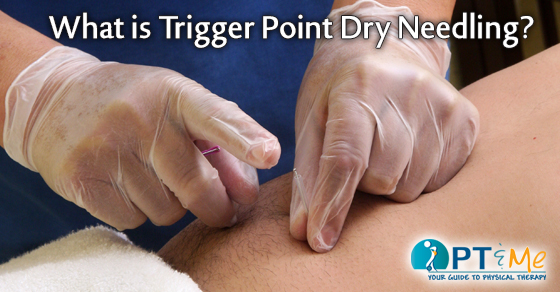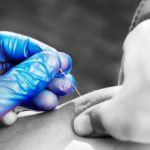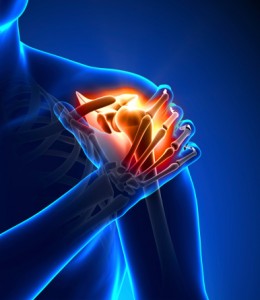
TRIGGER POINT DRY NEEDLING uses small, thin needles to stimulate underlying myofascial trigger points, muscular and connective tissues for the management of many orthopedic conditions, both acute and chronic. Physical therapists use dry needling as a safe, effective, and efficient treatment technique to release painful hyper-irritable spots within a band of skeletal muscle. By inserting a needle into the dysfunctional tissue, it often leads to a contraction of the muscle which then stimulates a release. This leads to a reduction of pain, improvements in flexibility and a restoration of normalized movement when combined with corrective exercises.
WHAT IS A MYOFASCIAL TRIGGER POINT?
A myofascial trigger point is a hyperirritable spot within a taut band of skeletal muscle that produces local or referred pain. The trigger point can lead to increased pain, decreased flexibility and decreased muscle function if not treated. Trigger point dry needling is a safe, effective and efficient treatment technique to release these painful spots.
WHAT TYPE OF PROBLEMS CAN BE TREATED?
Muscle dysfunction can be the primary or secondary contributing factor to many neuromusculoskeletal conditions, which can include:
• Repetitive Stress Injuries
• Tendonitis or Tendinopathy
• Muscle Strains
• IT Band Syndrome
• Patellofemoral Dysfunction
• Plantar Fasciitis
• Neck Pain or Headaches
• Rotator Cuff Impingement
• Carpal Tunnel Syndrome
• SI Joint Dysfunction
• Sciatica

This treatment is NOT acupuncture. Modern dry needling is based on Western neuroanatomy and modern scientifi c study of the muscles and nervous system. This modality can only be done by trained clinicians.
If you are interested in Trigger Point Dry Needling, find a physical therapist near you and ask for more information.

